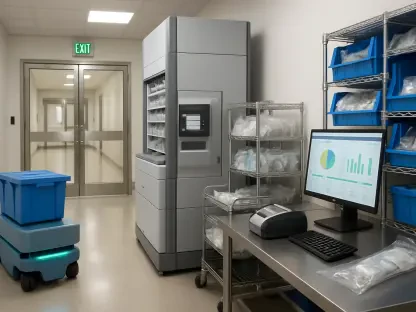The FDA has recently issued an early alert regarding BD’s PowerPICC catheters, following alarming reports of leaks that have resulted in ten serious injuries. Particularly impacted are the 4 Fr Single Lumen PowerPICC catheters, which have shown an increase in cracks due to material fatigue. These cracks, identified in BD’s March 11 recall letter, can lead to significant medical complications, including fluid leakage, bleeding, embolism, infection, and interruption of therapy. In response to these findings, BD has recommended that unused catheters be destroyed. However, the company does not advise removing catheters that are already in use unless there is visible evidence of damage. An investigation revealed that resin issues in the catheter tubing were to blame for the cracks, prompting recommendations on mitigating the risks.
Recommendations and Industry Impact
To minimize catheter failure, BD has advised healthcare providers to follow specific protocols, such as using adhesive-based catheter securement systems, ensuring proper catheter sizing, and fully inserting the catheter to its proper depth. This early alert is part of the FDA’s efforts to quickly inform the public about high-risk medical device issues. The early alert system, recently launched, serves as an immediate warning framework for devices that may pose significant safety risks. This current alert marks the second time a BD product has been flagged through this system, with the previous instance involving the Rotarex device, linked to severe injuries and fatalities due to potential breakage and vessel damage.
The FDA’s early alerts highlight the need for stringent monitoring and high quality in medical device manufacturing. Other flagged devices include Olympus reusable endoscope accessories, Calyxo CVAC aspiration systems, and Medline fluid delivery sets. These alerts safeguard patient health and underscore the importance of rapid response. Recurring issues with BD products, such as the PowerPICC catheters, stress the need for vigilant manufacturing practices and continuous monitoring to ensure safety and efficiency.
In summary, the recall of BD’s PowerPICC catheters due to leaks and cracks exemplifies the FDA’s early alert system’s crucial role in promoting patient safety. By disseminating information on high-risk devices quickly, the FDA aims to reduce potential harm and encourage best practices. The challenges with BD’s devices underscore the necessity for rigorous quality control and proactive risk management in healthcare.









